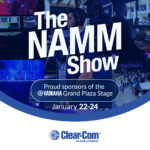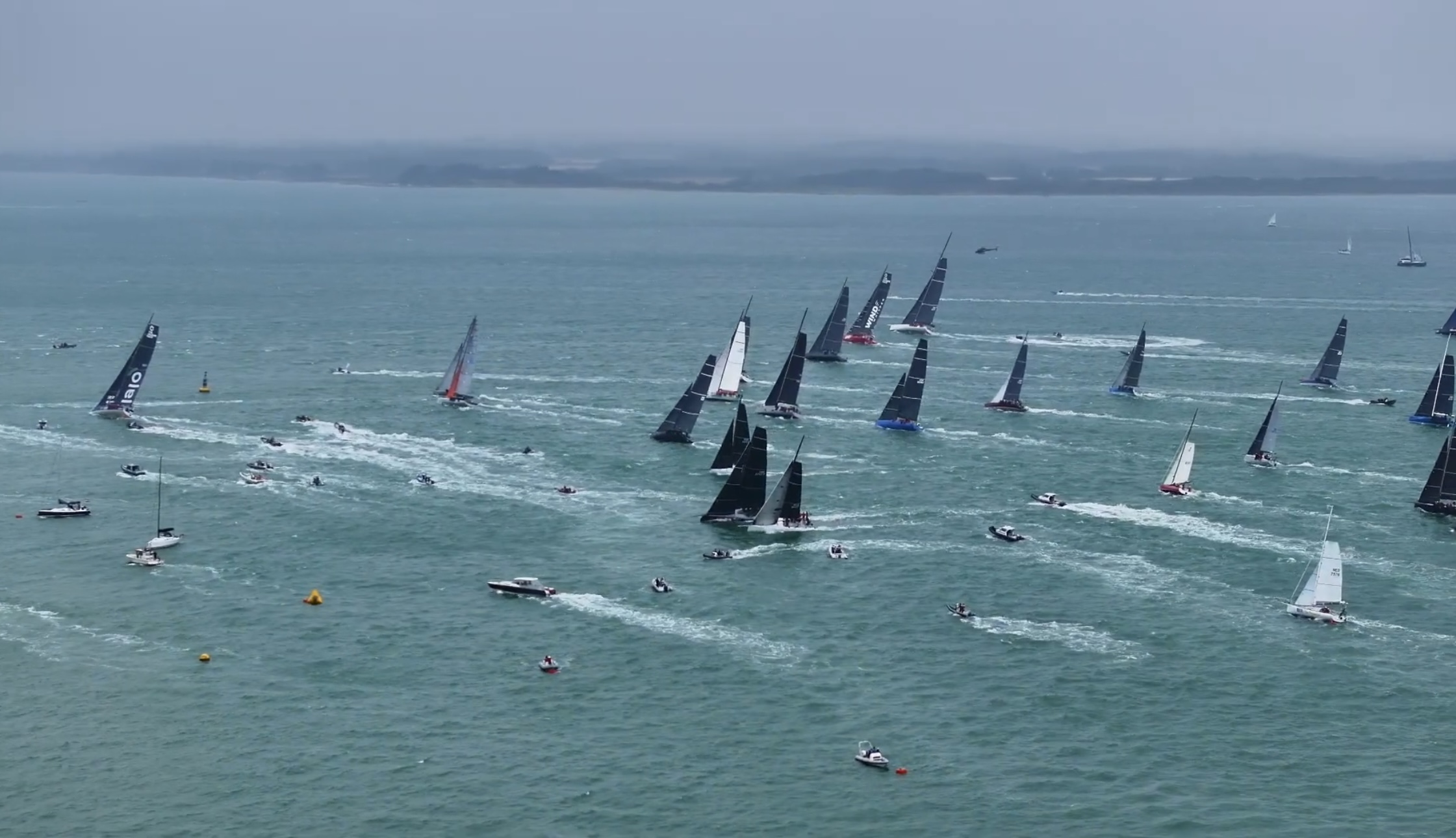Working for the Royal Ocean Racing Club, organisers of the Fastnet Race, streaming and broadcast production company Optical Media was tasked with providing eye-catching coverage of the start of the race in late July.
The largest offshore contest in the world, the bi-annual event begins at Cowes on the Isle of Wight, and finishes in Cherbourg, France, having first ventured out into the Atlantic Ocean.
James Light, Founder of Optical Media, said: “This was our first year working on the Fastnet race. We covered the start, which took approximately three hours. We wanted to capture the full flavour to provide really dynamic coverage from the shore and the water.
“The latter was crucial but was also where the real challenges lay.”
Initially looking at RF technology, over and above fibre connectivity for parts of the shore-based coverage, the company knew that it might be cost-prohibitive alongside other complexities.
Light added: “Using RF, there’s the limitations of it requiring line-of-sight and as we had cameras in many positions, this was problematic.
“Given the budget we had, to have the multiple RF systems we needed to mitigate this issue would have been unaffordable. It formed a part of our overall toolkit, but we also looked for another, more cost-effective, integrated solution.”
Optical Media turned to LiveU, specifically its recently launched On-Site Production Solution.
This enabled bonded wireless transmission from multiple LiveU field units – two on the shore and one in a camera boat on the water, moving at 15-20 knots – straight into the production truck, set up in a single click.
Light explains: “The LU-Link cloud service, which is at the heart of LiveU’s solution, allows the LiveU Server to be hosted within an unmanaged network.
“This enables a quicker and more agile server set-up.
“Working in an environment where we have to borrow internet connectivity – which happens all the time – to have a service where you just plug in, connect the units to the server and the server to the internet and can then immediately run a full LiveU system, is brilliant. LiveU has made something complex very simple.”
The OB unit was next to the Royal Yacht Squadron, the building where the race officers started the race from, and with the three LiveU units effortlessly connected, the flexibility to create the coverage needed was easily in place.
From the on-site production server, an SDI feed was output and then further production processes applied.
Light said: “The thing that’s amazing is effectively having full control of a network when you’re on-site, which is incredibly rare. I can’t overstate how cool a solution this is. It allows you to go into any environment. Moving forward we see LiveU as a key partner.
“Sailing, in particular, is very challenging but LiveU worked seamlessly. We are always working in environments where we don’t have network control.”
Matthew Stringer, UK Sales Director, LiveU, said: “Having pioneered IP-video over bonded cellular and bought REMI to the mainstream, we know that great sports stories are often told outside of cabled and connected venues.
“We also know that having to recce venues, apply for RF frequencies (if they are even available), negotiate for network access and then having to plan around the constraints of line-of-sight all add complexity, cost and time to a production.”






